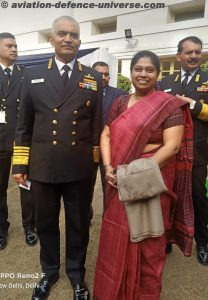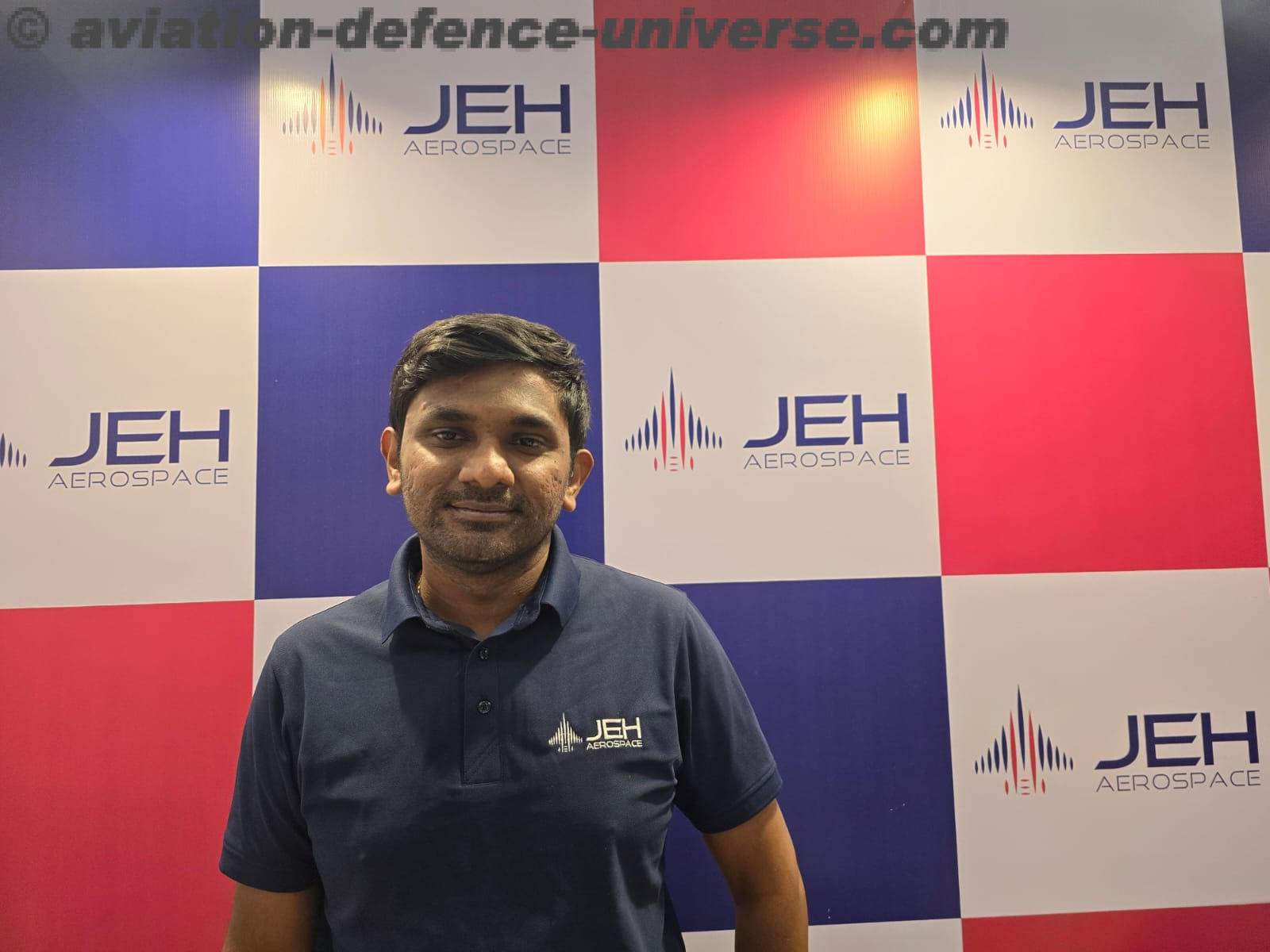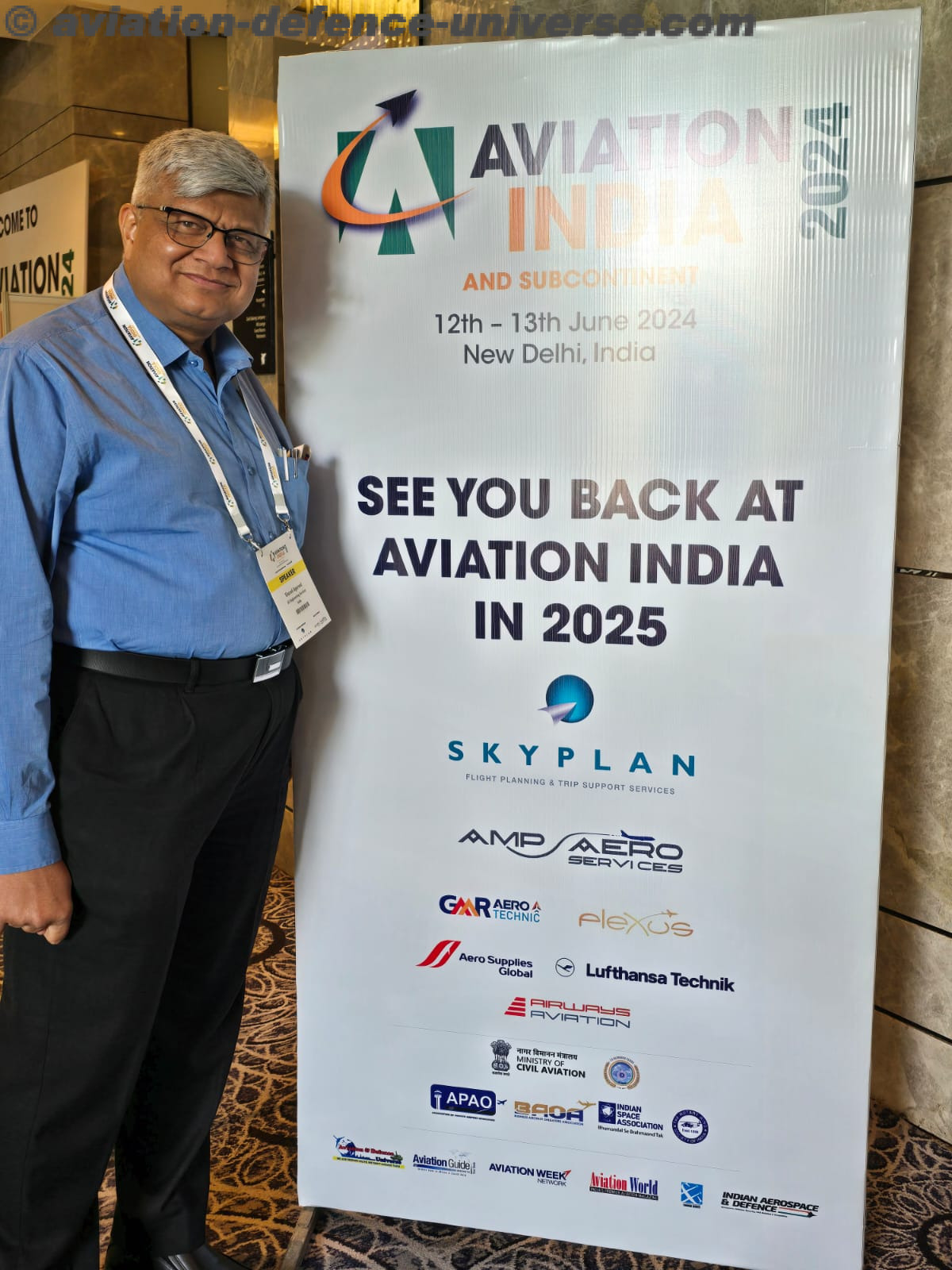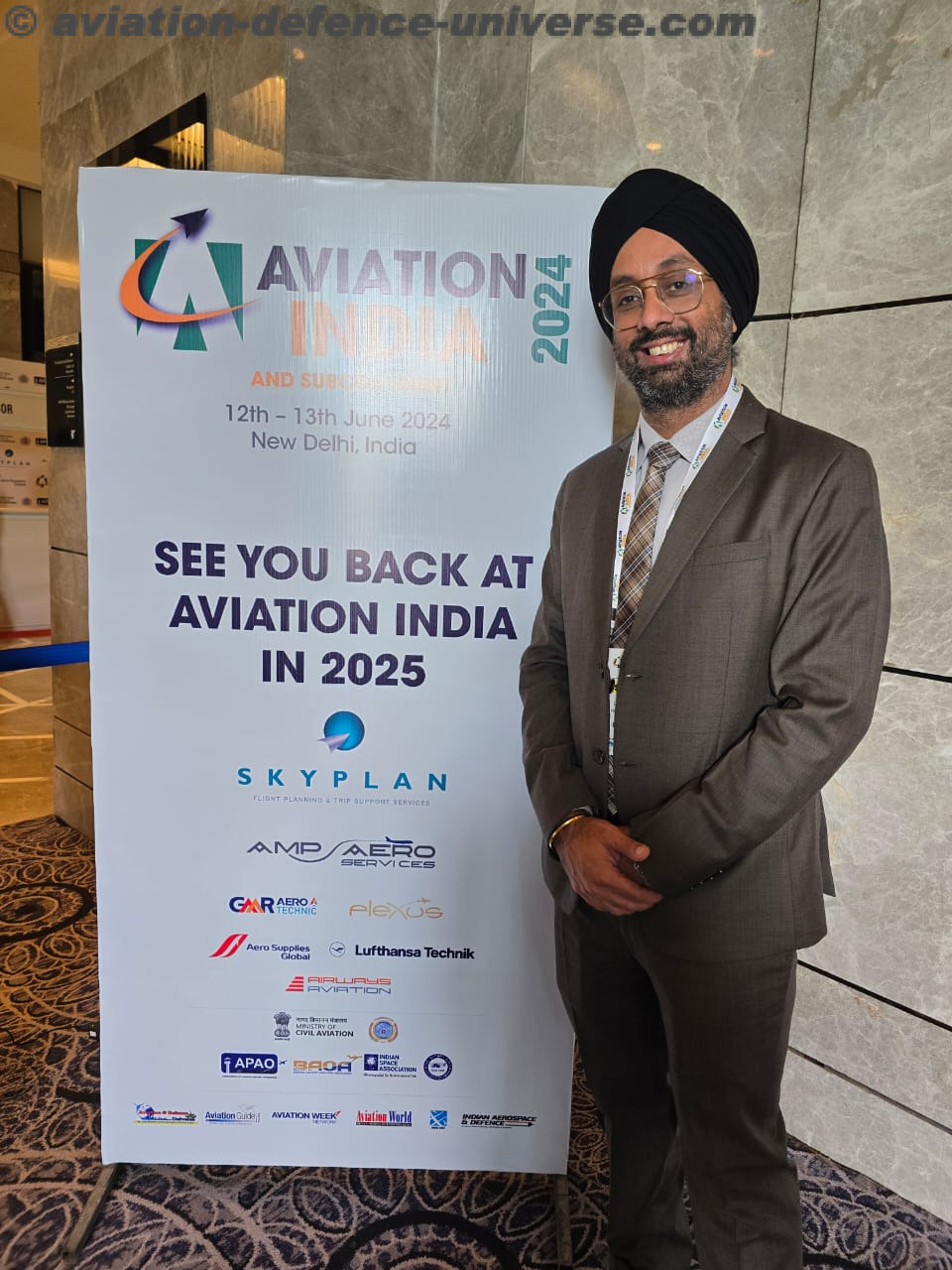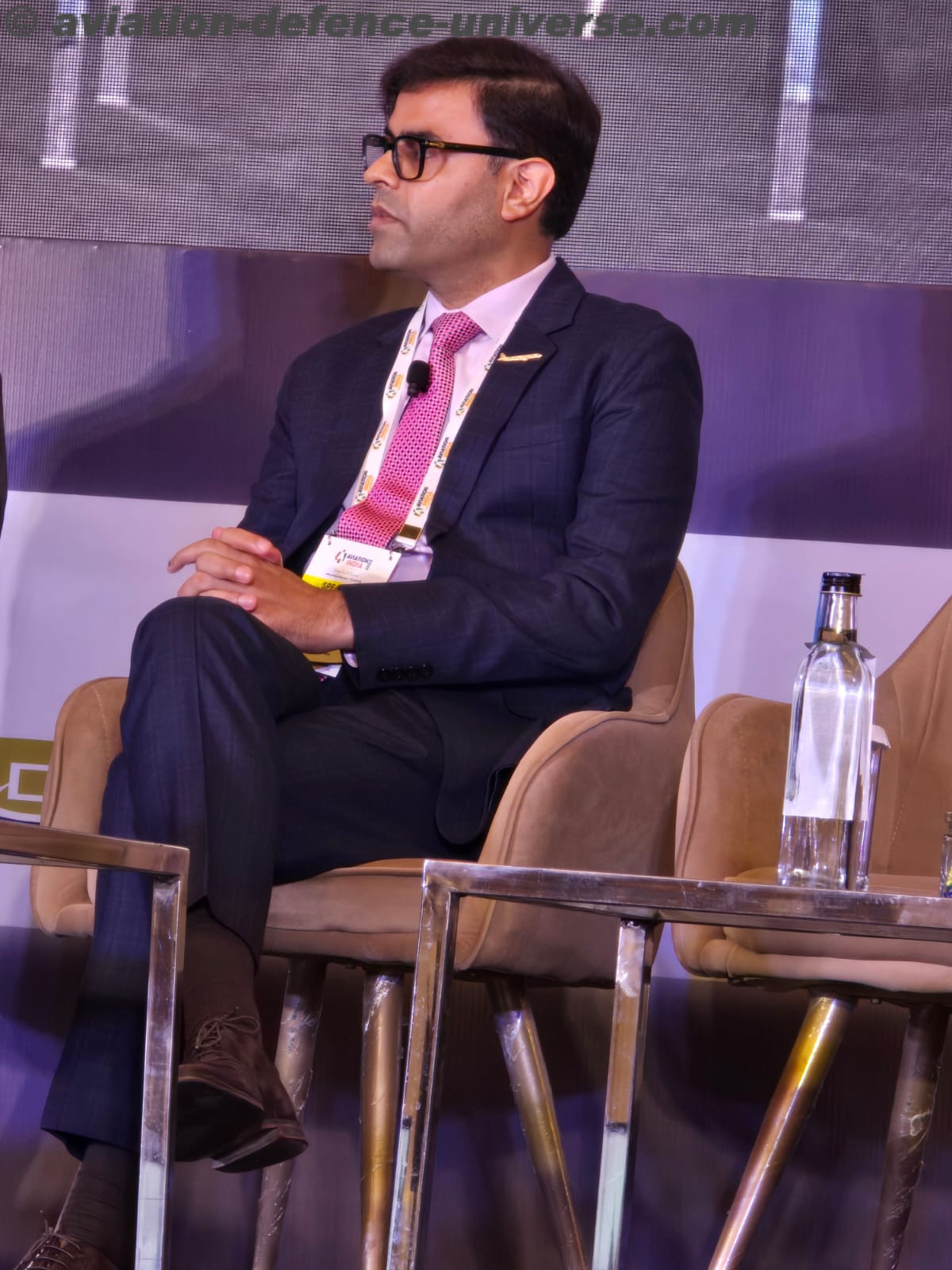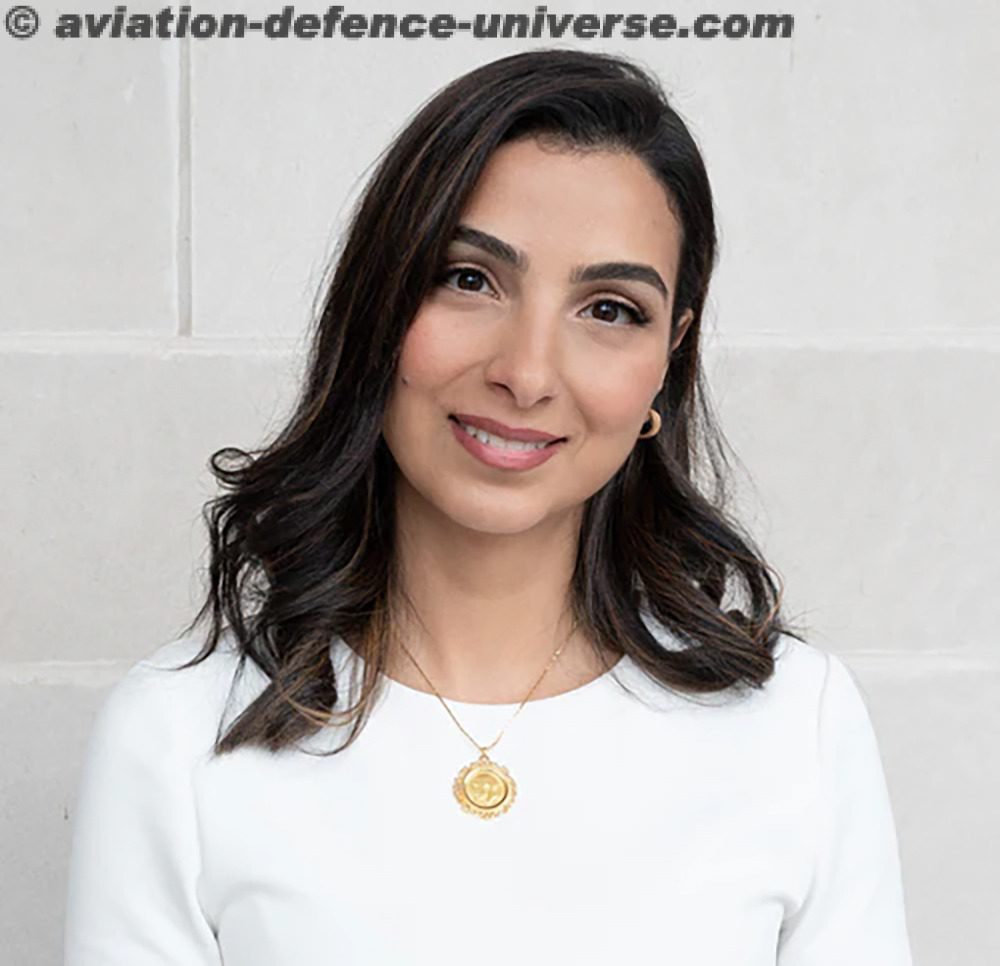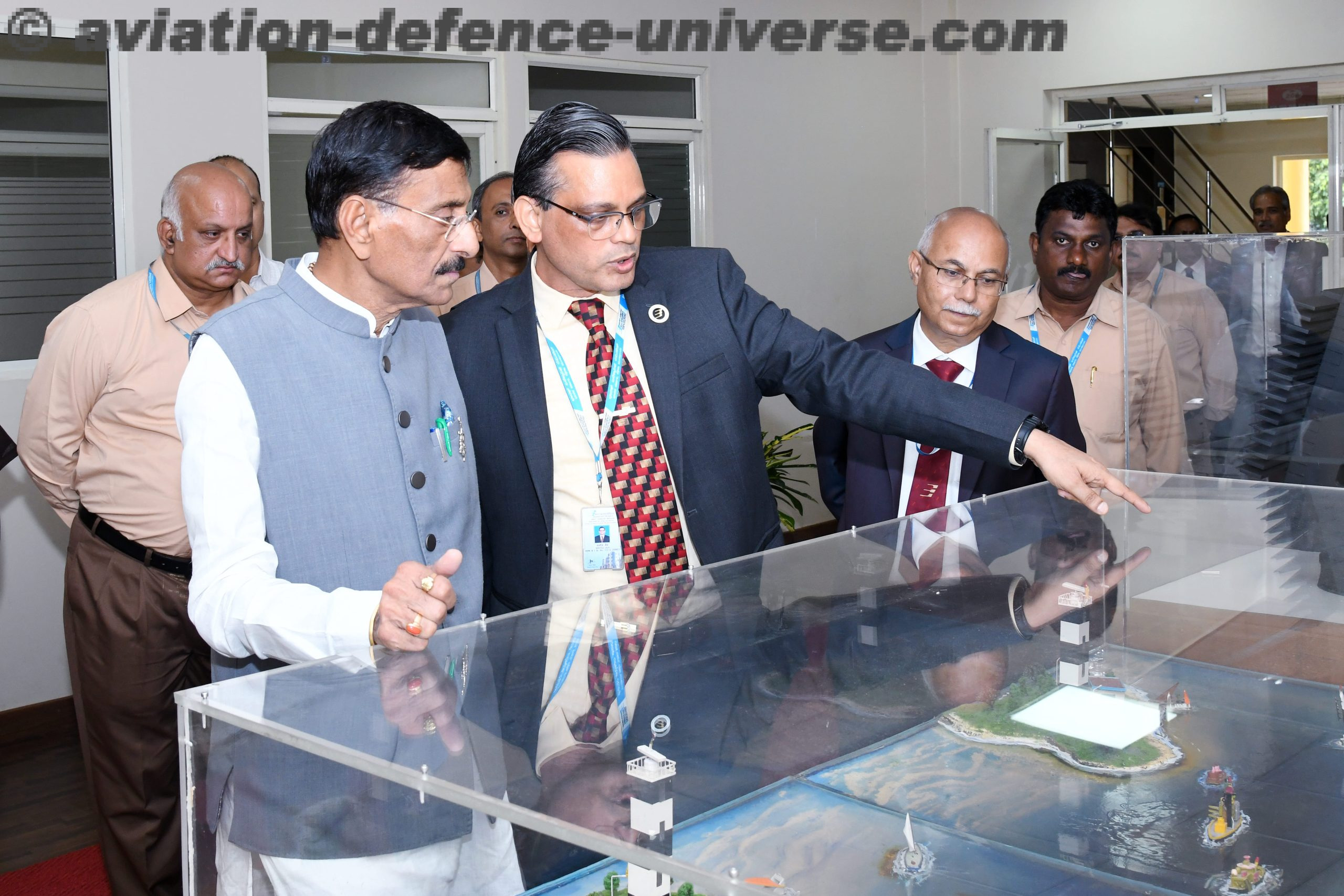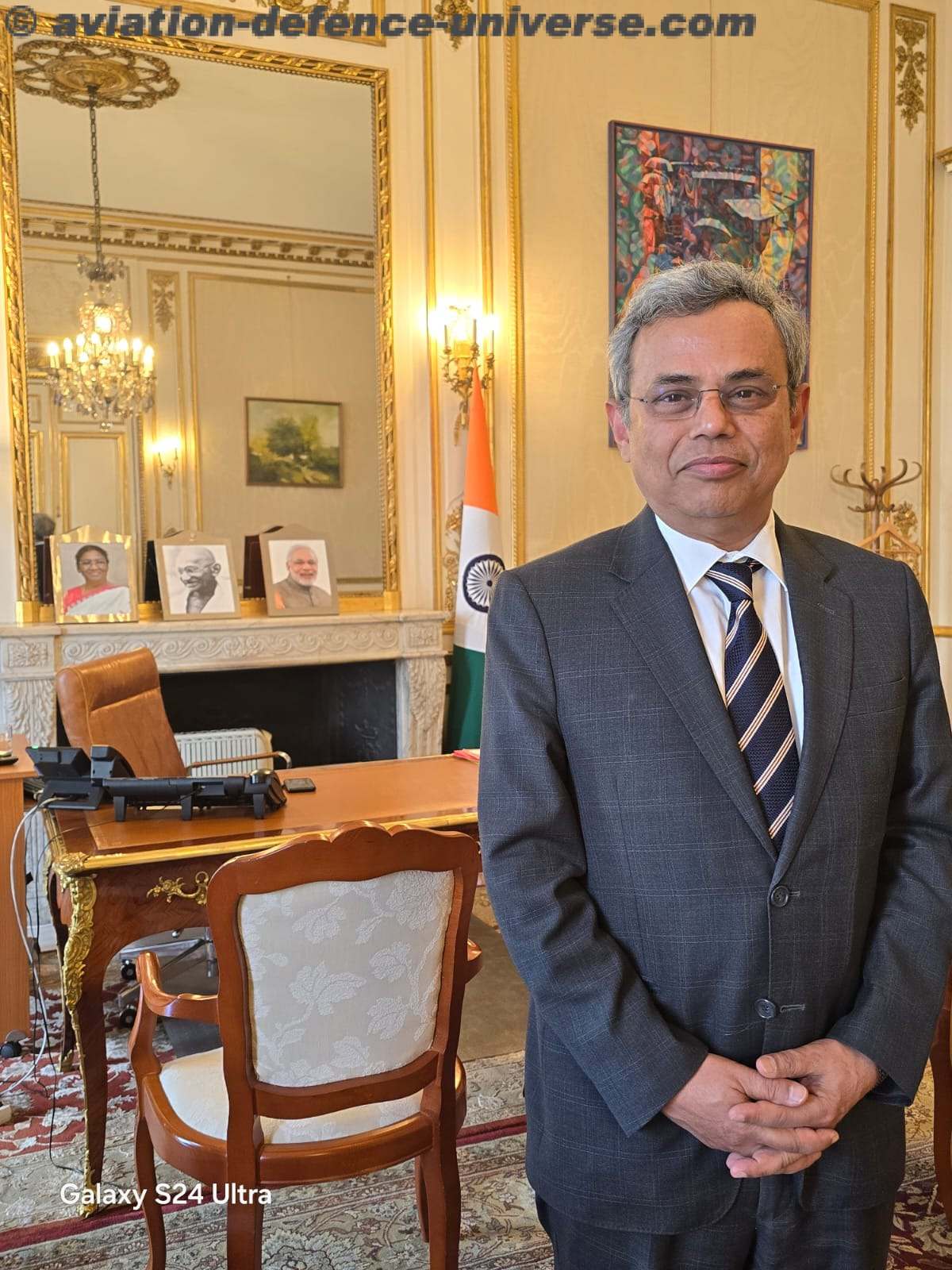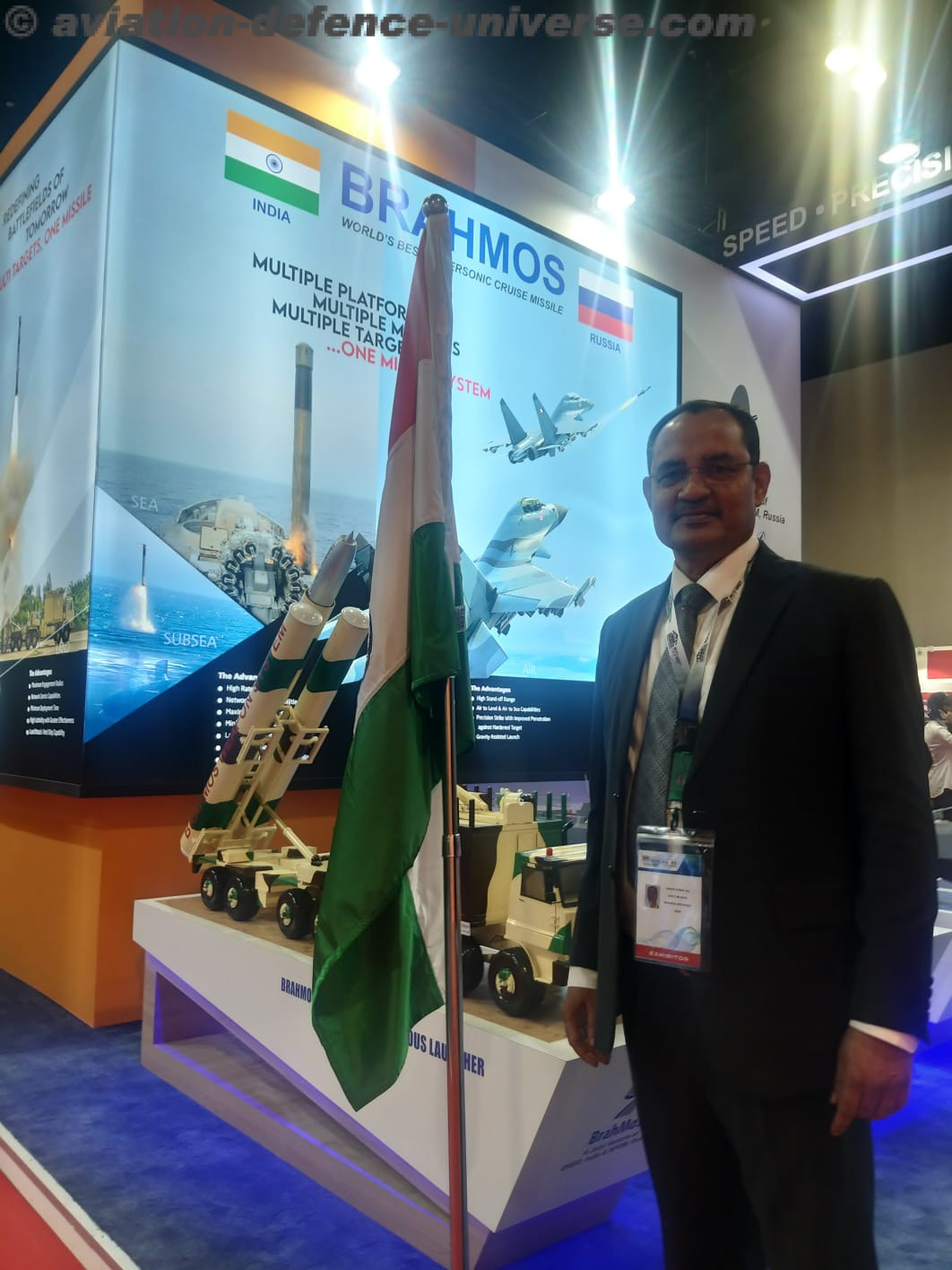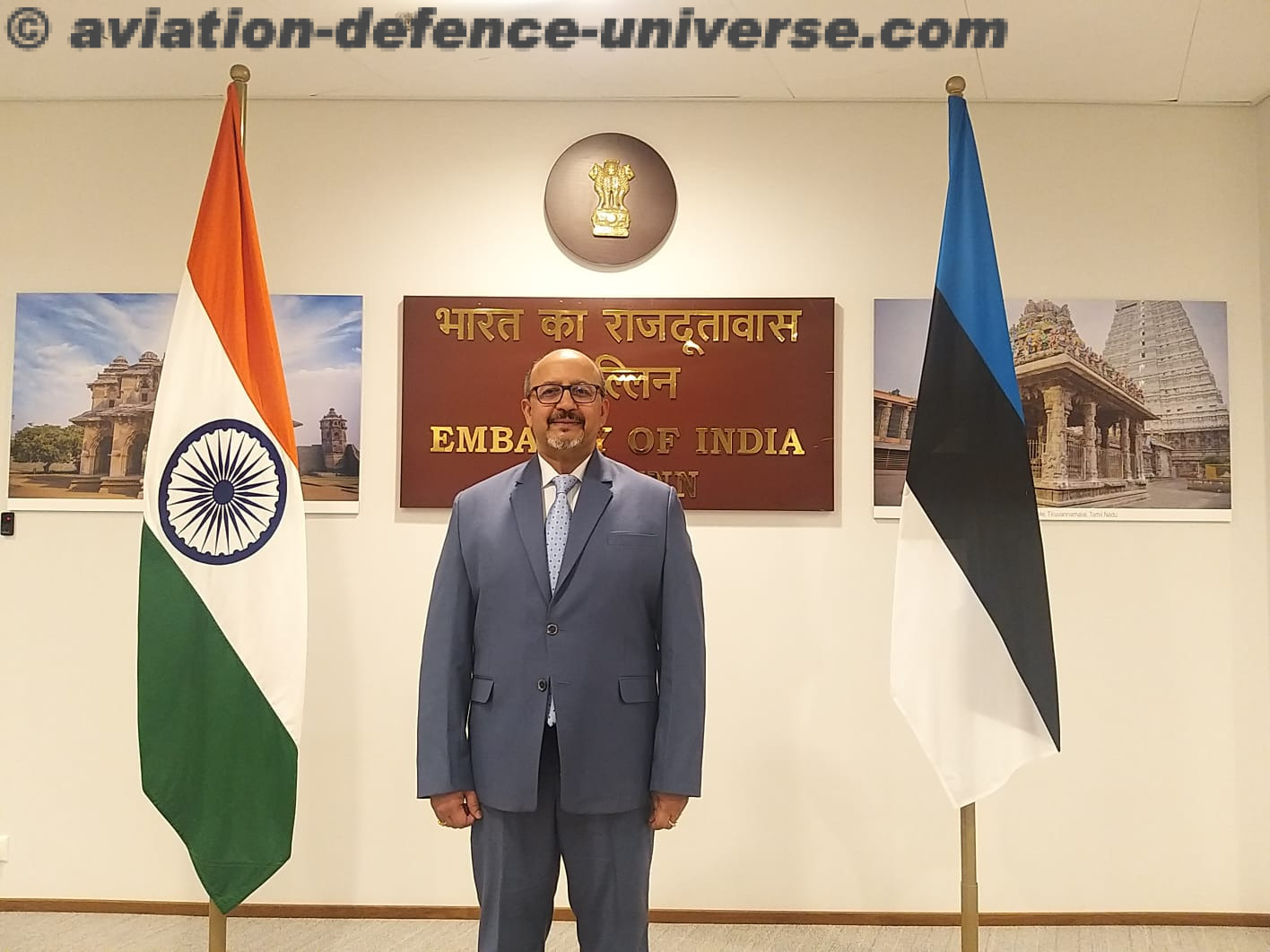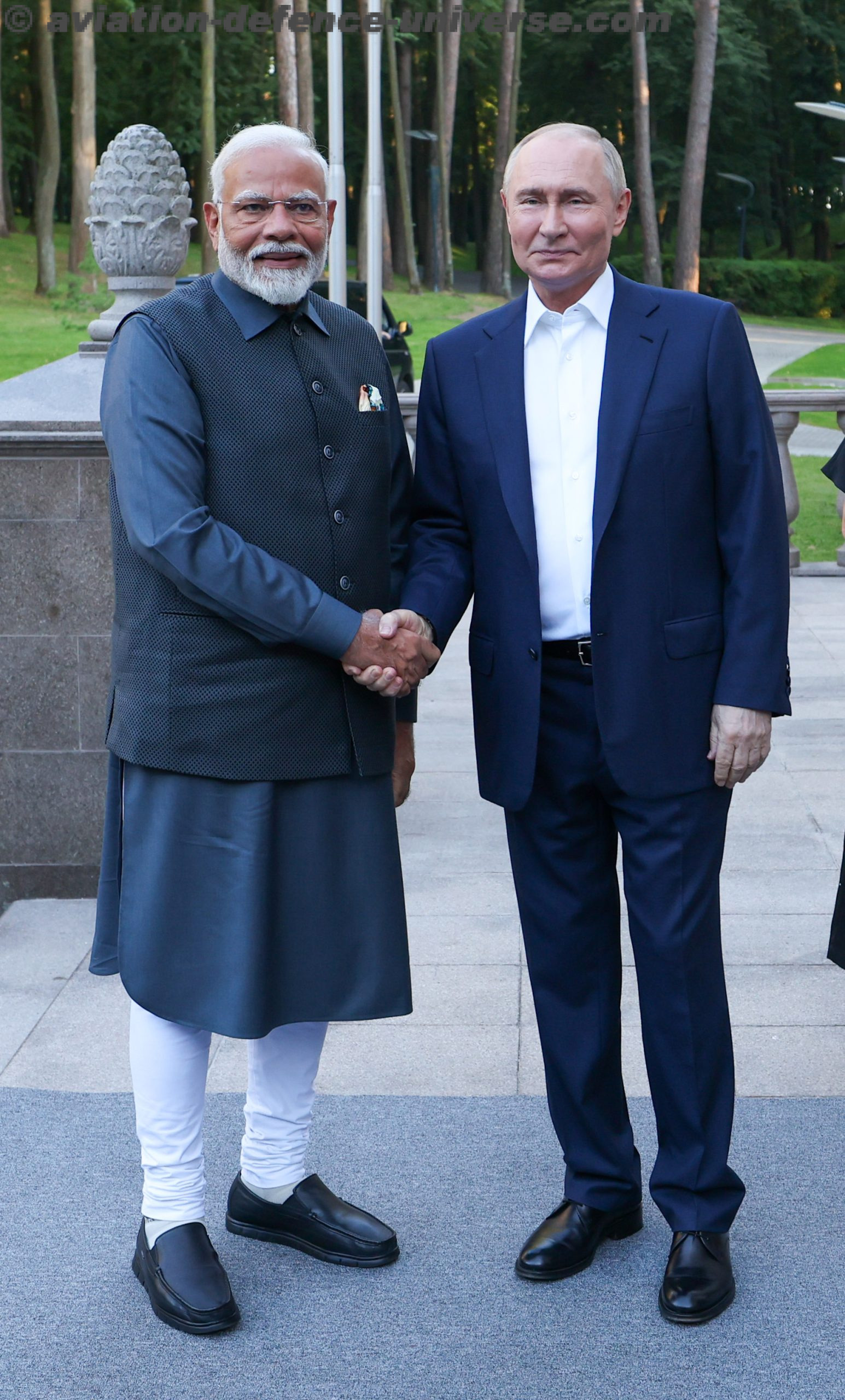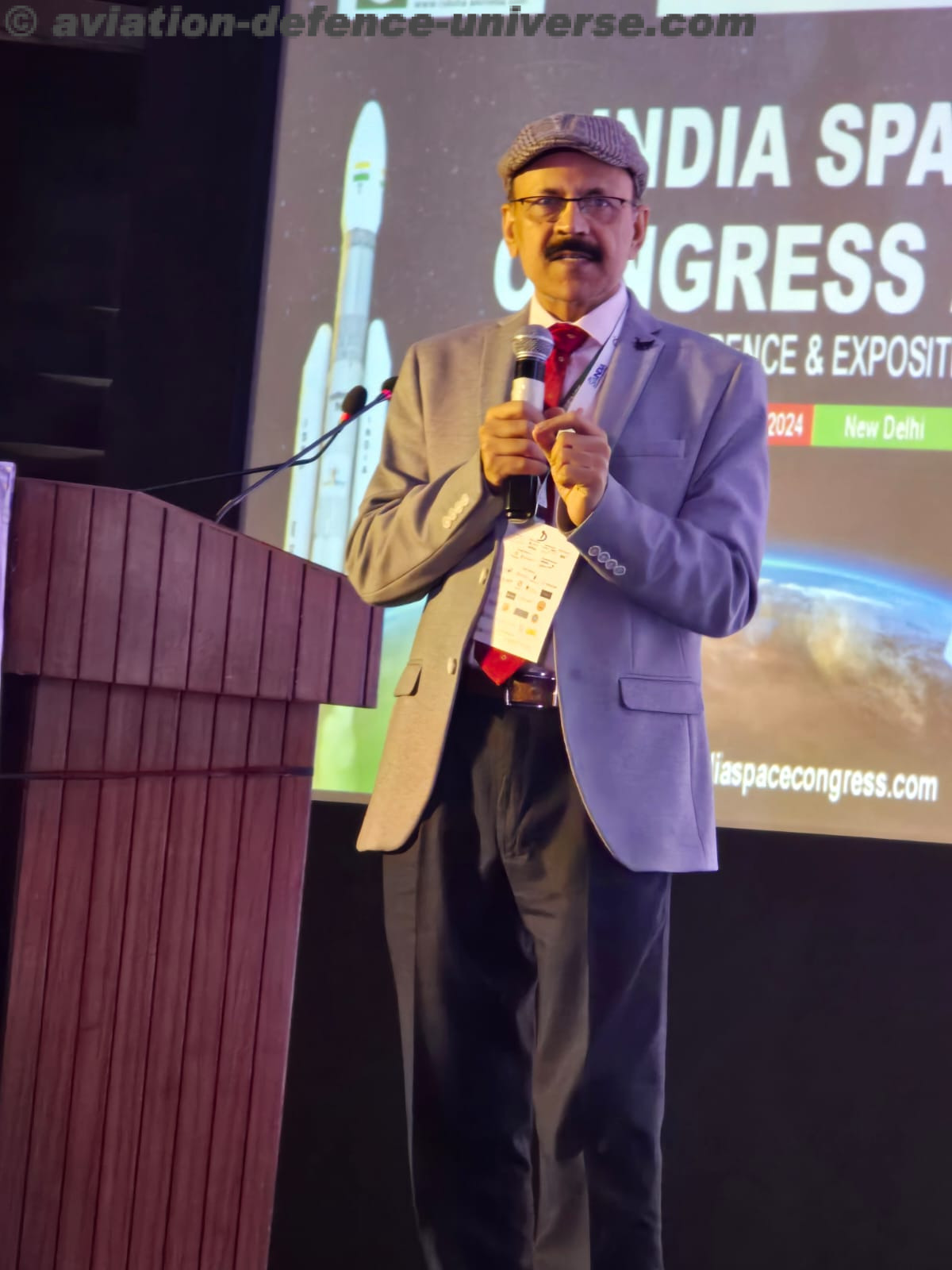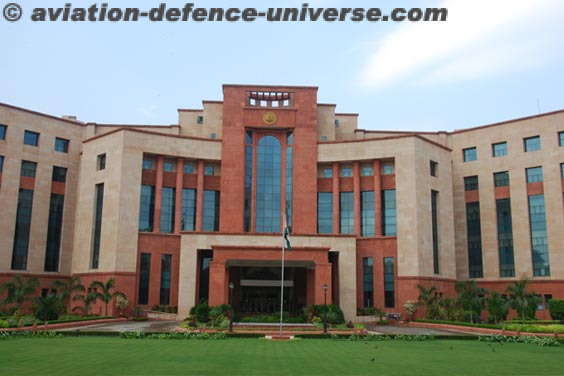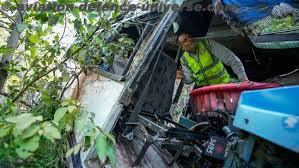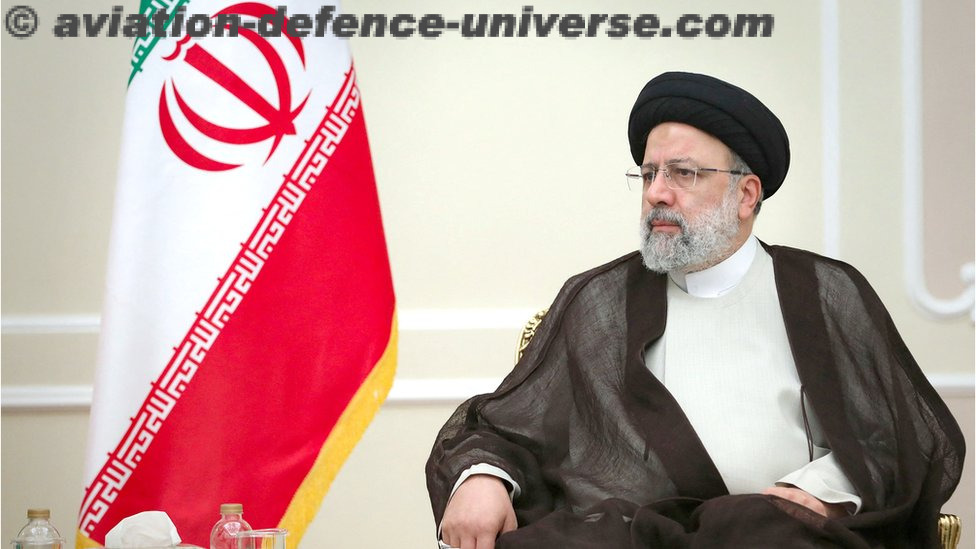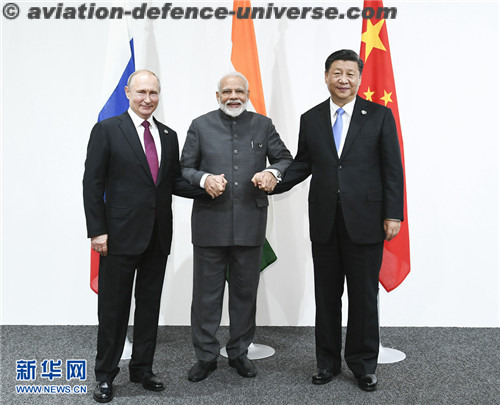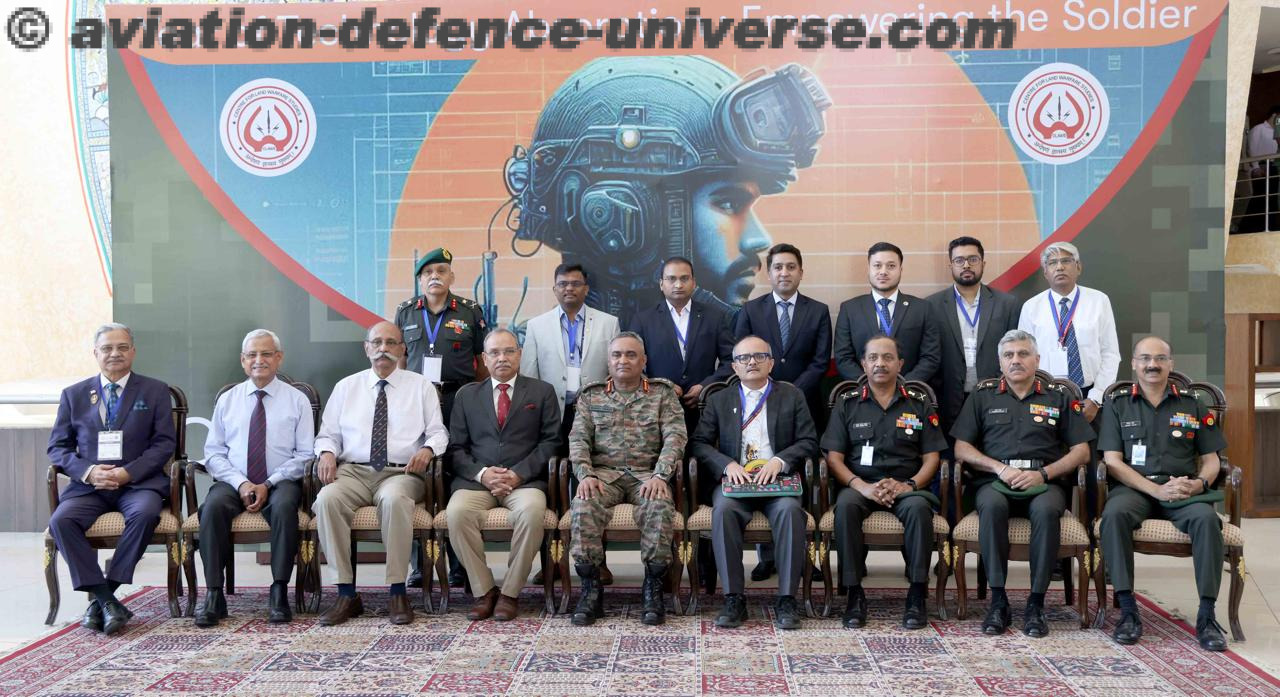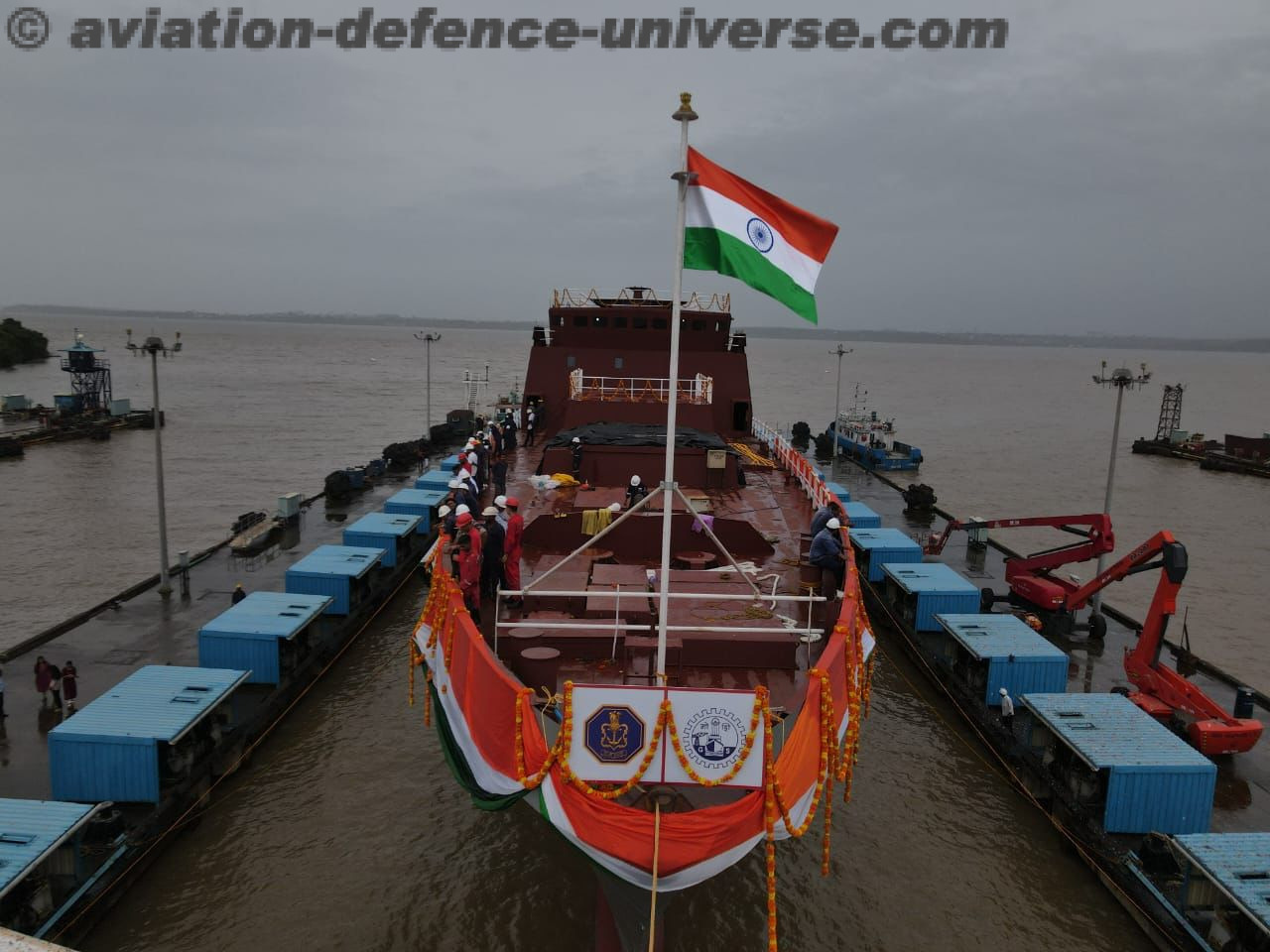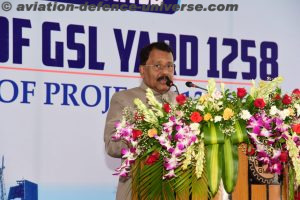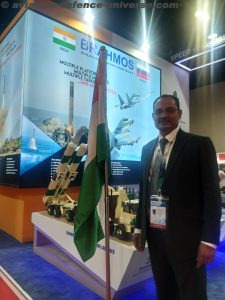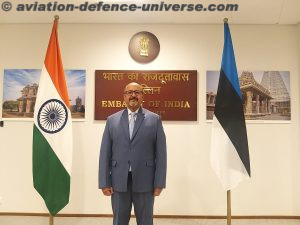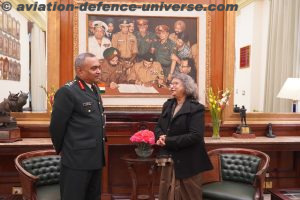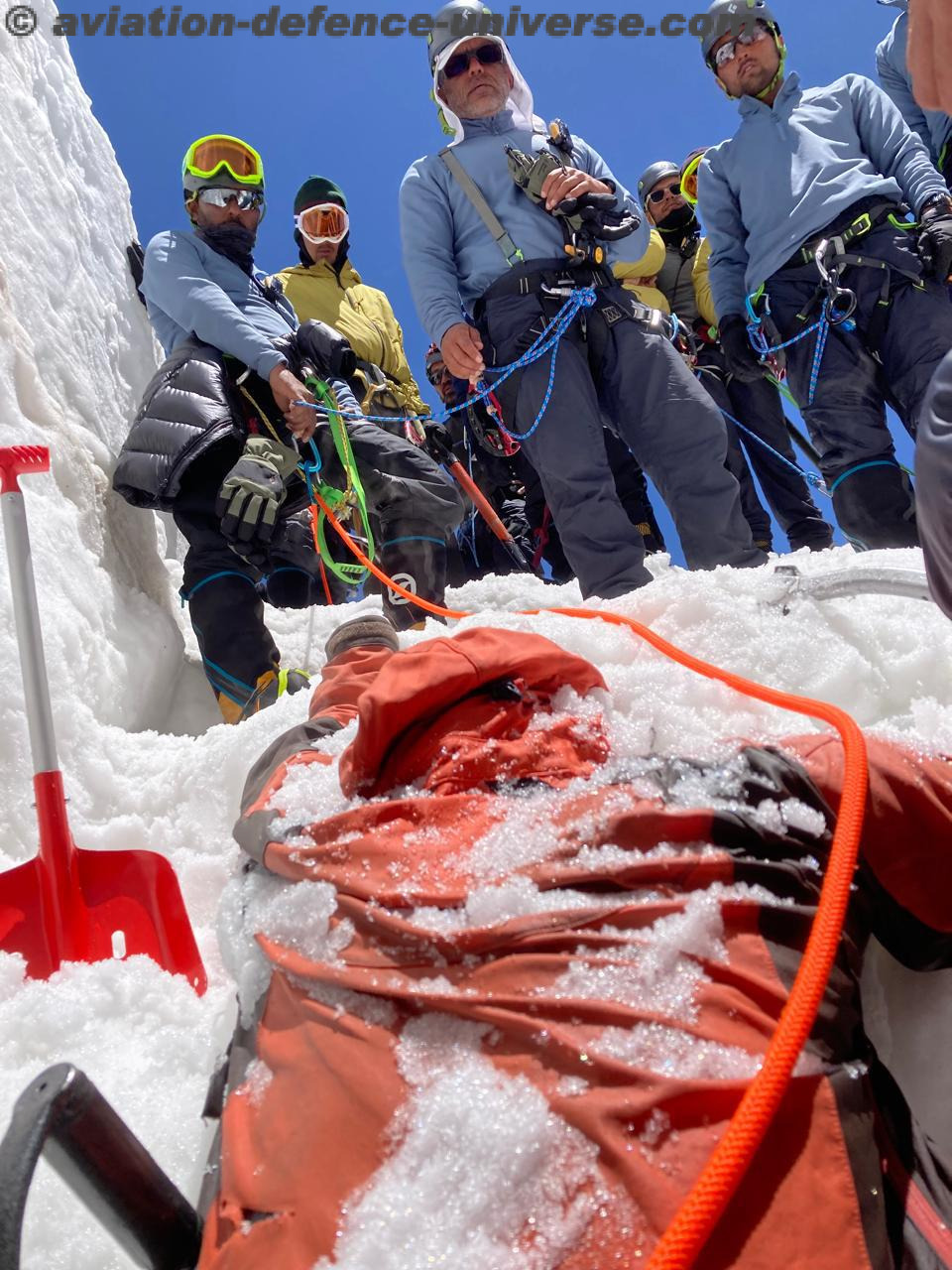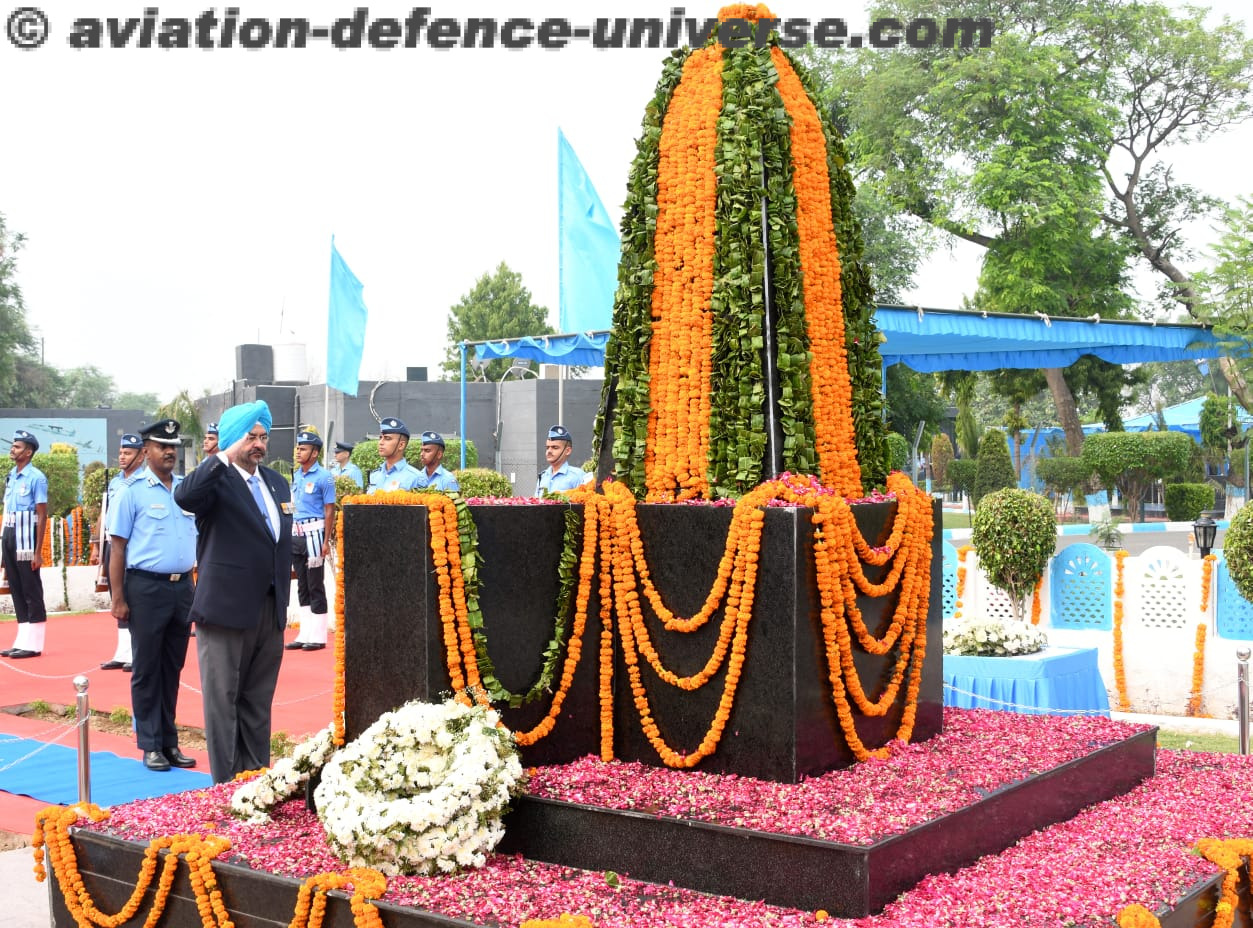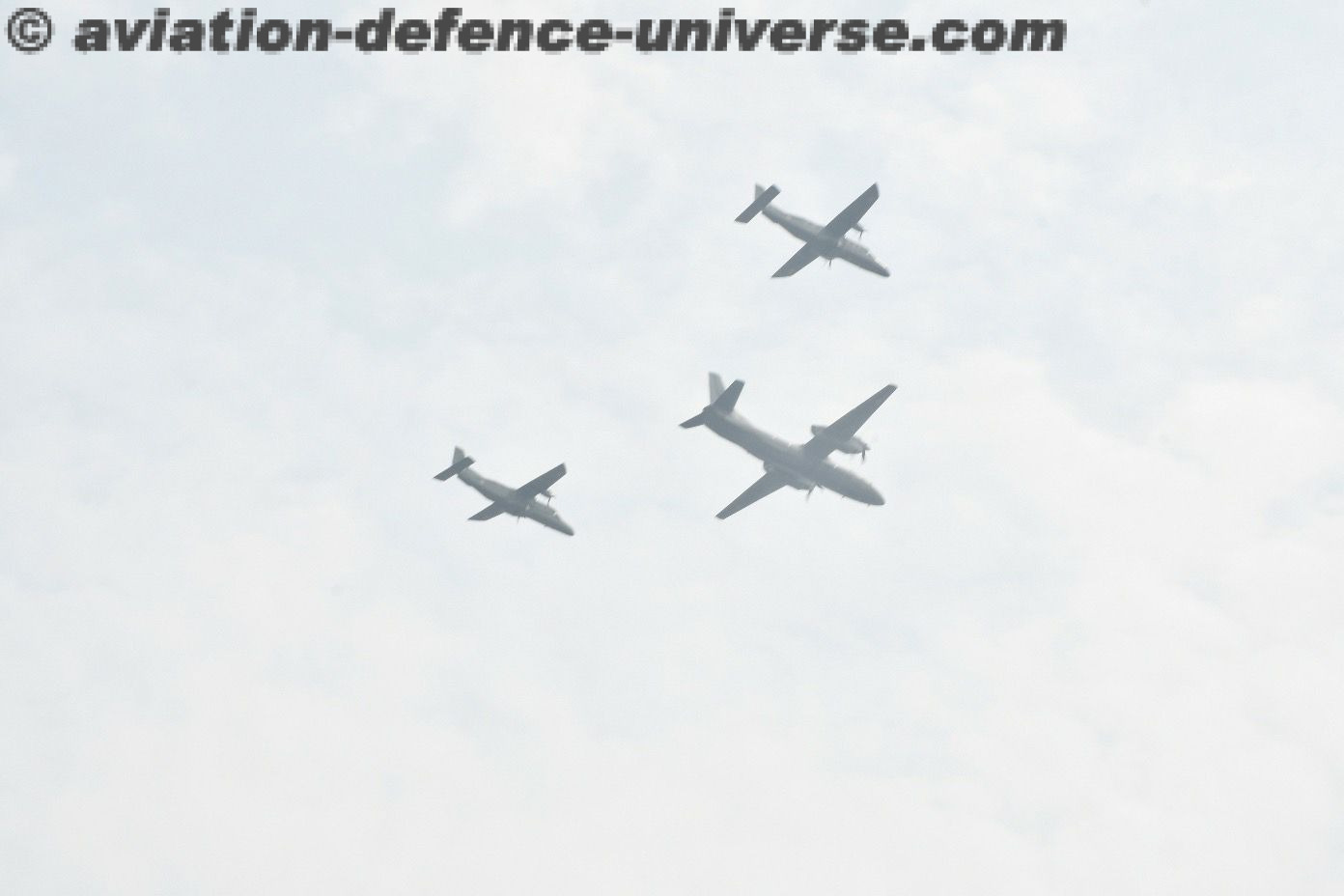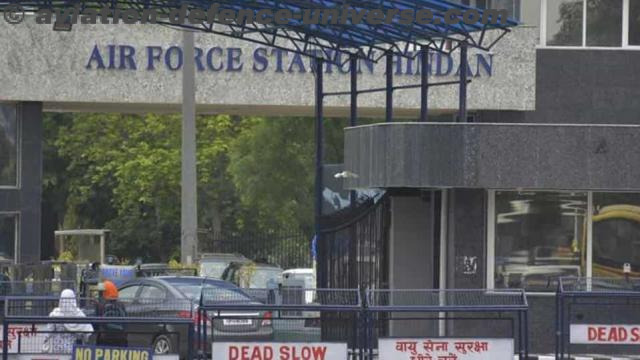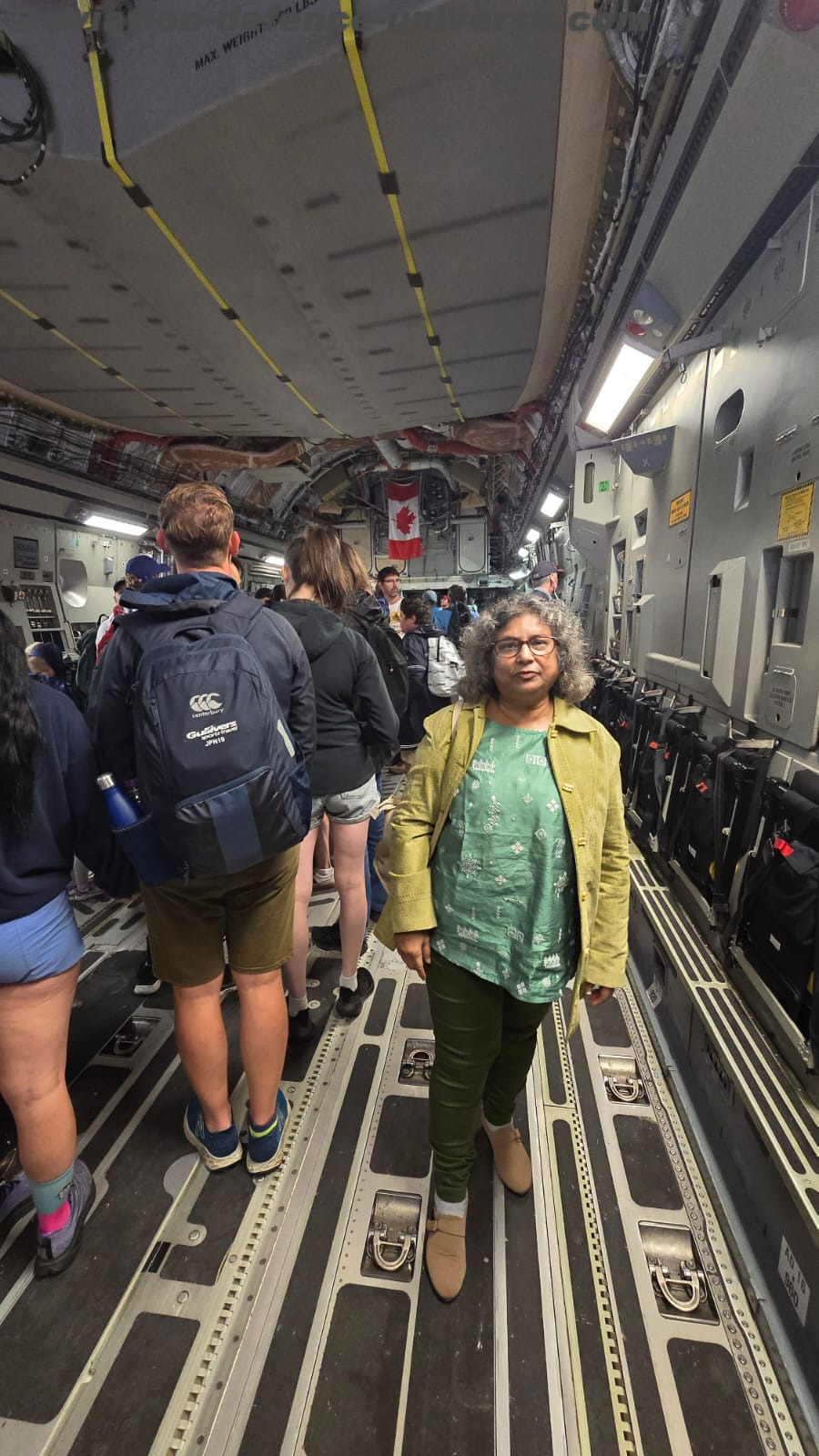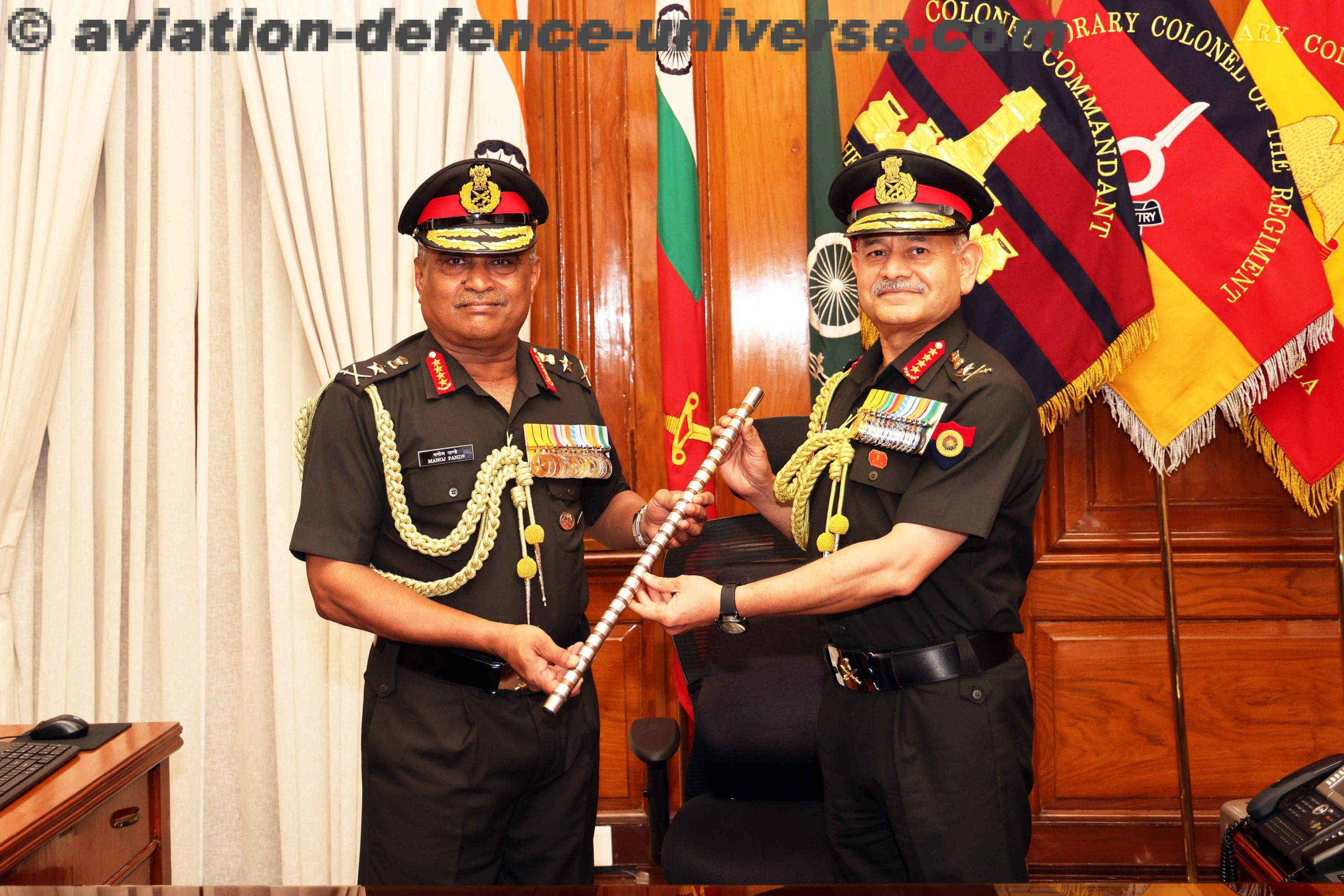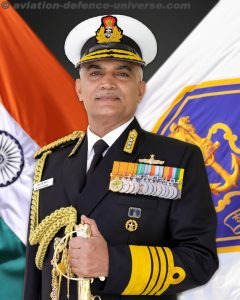
New Delhi. 07 December 2022. “Towards expeditious capacity and capability building of the Navy, 43 ships and two submarines are already under construction. In addition, AoN has been accorded for construction of 49 ships and six submarines (all indigenous). While all these platforms will have a high indigenous content, they will be equipped with ‘State of The Art’ systems and advanced weapons and sensors with high lethality. In addition, 111 Naval Utility Helicopters and six P 75 (I) submarines are envisaged to be inducted through Strategic Partnership (SP) route,” informed Chief of Naval Staff , Indian Navy, Admiral R Hari Kumar, PVSM, AVSM, VSM, ADC while speaking exclusively with Aviation & Defence Universe (ADU) in an interview on Navy Day 2022.
ADU. Navy’s indigenization plan has definitely made it the trailblazer in the forces? But the fight component is very heavily dependent on imports. How do you plan to change that? And along with this how do you plan less dependency on PSUs and involve private sector more?
CNS. The Naval Innovation and Indigenisation Organisation (NIIO) was set up specifically to focus on the ‘to fight’ component. It has been interacting with the academia and the industry in addition to channeling in house naval innovation. A number of steps have already been taken through IDEX (SPRINT) which include teaming up and putting joint efforts with various startups.
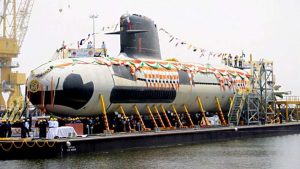
ADU. The diminishing submarine capability has dogged the Navy for some time notwithstanding Arihant, Kalvari and the Life extension programmes for some of the older submarines. The P-75(I) programme is still many years away. How do you propose to address this critical shortfall on priority?
CNS. The P 75(I) project is being progressed in accordance with the guidelines of Strategic Partnership Model and the RFP for the same has been issued. In the interim, the required submarine force levels are being maintained by undertaking life extension programme of current submarines in service.
ADU. Is Chinese investment in Pakistan and Sri Lanka ports thereby maintaining its presence in India’s vicinity a challenge for the Navy?
CNS. There are many extra-regional navies that maintain a presence in the Indian Ocean Region. They have highlighted their rationale for maintaining presence. The Indian Navy is fully cognizant of the matter and has mechanisms in place to ensure security of India’s National Maritime Interests. Based on evolving situations, the Indian Navy has operating procedures and protocols that will ensure India’s maritime interests and national security are not impacted.
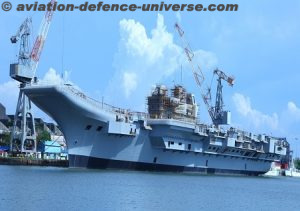
ADU. Has the Navy finished with its project of coastal mapping the nation? Will it require more air power in the Navy to keep round the clock surveillance of the vast coast line?
CNS. Coastal mapping is a whole of government effort and involves multiple stakeholders. It is being progressed based on agency specific responsibilities. Measures are continually being implemented by various agencies. These measures broadly include but are not restricted to induction of assets, recruitment of additional manpower, development of infrastructure, improving information exchange mechanisms, addressing gaps in existing systems etc.
The Indian Navy closely monitors our areas of interest, and constantly refines and updates and evaluates the maritime security environment. Towards this end, a comprehensive MDA picture is continuously compiled through a complex sensor grid, which includes Coastal Radar Chain, ship and aircraft AIS, LRIT, Vessel and Air Traffic Management Systems (VATMS), Registry of Shipping Database etc. These are suitably augmented by surveillance effort of ships and aircraft in the region. Through a combination of technology and assets, we are ensuring that our coastline is being monitored on a real time basis.
ADU. The IOR-IFC is 4 years old. How much has it progressed and is it now operating at its full potential?
CNS. Information Fusion Centre – Indian Ocean Region (IFC-IOR) was inaugurated in December 2018 in order to further collaboration for maritime safety and security in the Indian Ocean Region. The IFC-IOR, since its inception, has made credible progress.
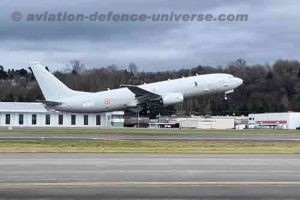
Eleven countries have to-date deputed International Liaison Officers at the Centre. This not only highlights the degree of convergence, impetus on the maritime domain but also enables seamless information sharing. During the UNSC debate on maritime security in Aug 21, the role being played by the Information Fusion Centre was highlighted by both the Hon’ble Prime Minister and the Executive Director of the UN Office on Drug and Crime.
This coming together of countries and minds, has opened avenues for greater co-operation. In terms of capacity, we have received interest from many other countries in the region and are in the process of completing the necessary ground-work for inclusion of greater number of interested partners. Participation in initiatives such as the Indo-Pacific Partnership for Maritime Domain Awareness is also a testament to the collective efforts by the team at the Centre.
Holistic maritime safety and security requires collaboration amongst countries, especially when one considers the trans-national nature of maritime crime. The IFC has made a good beginning, and what lies ahead is to capitalise on the enhanced trust to further cooperation, in order to address more complex challenges in the IOR.
ADU. The Navy has a very focused long, medium and short term plan based on the threat perception and capability enhancement and budgetary allocation. Given the constrained budgets and increasing operational tempo, what are the priority areas you will focus on from a combat and surveillance capability perspective?
CNS. All Projects of IN are being regularly reviewed and prioritized in order to judiciously utilise available budget and accrue maximum optimization. IN has realigned its operational philosophy to Mission Based Deployments. With incorporation of Operational costing, all missions are meticulously planned to ensure fiscal prudence, resulting in maximum outcome with the available resources.
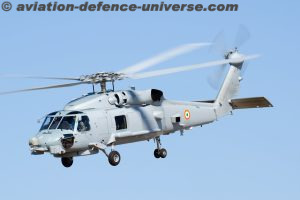
Towards expeditious capacity and capability building of the Navy, 43 ships and two submarines are already under construction. In addition, AoN has been accorded for construction of 49 ships and six submarines (all indigenous). While all these platforms will have a high indigenous content, they will be equipped with ‘State of The Art’ systems and advanced weapons and sensors with high lethality. In addition, 111 Naval Utility Helicopters and six P 75 (I) submarines are envisaged to be inducted through Strategic Partnership (SP) route.
While the Indian Navy evolves towards becoming a fully AatmaNirbhar Force, Combat Capability of the platforms are given the highest priority. In addition, the Navy is already progressing well towards enhancing its surveillance capability through induction of Long Range Maritime Aircraft, Unmanned Surface, Underwater and Aerial vehicles, with adequate impetus to AI and Robotics to leverage on emerging technology to enhance IN’s combat and surveillance capability.
